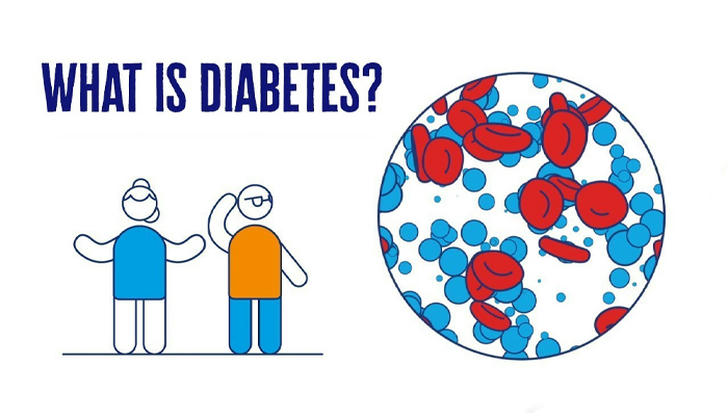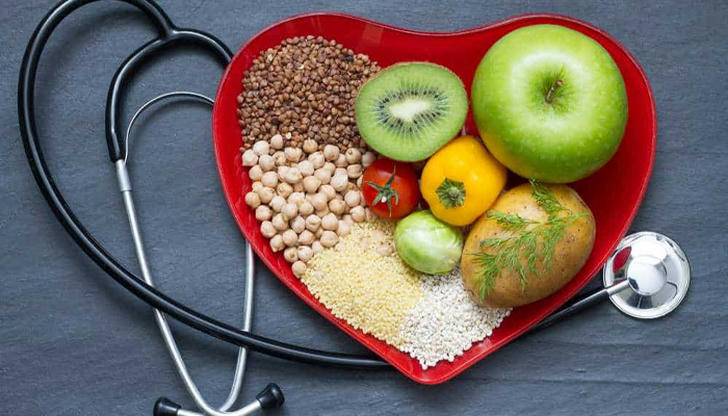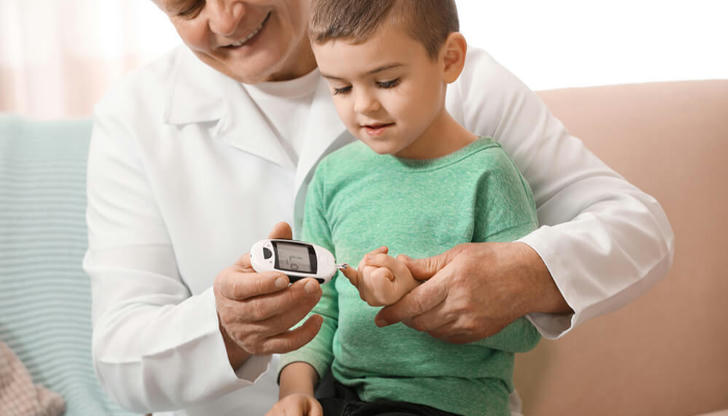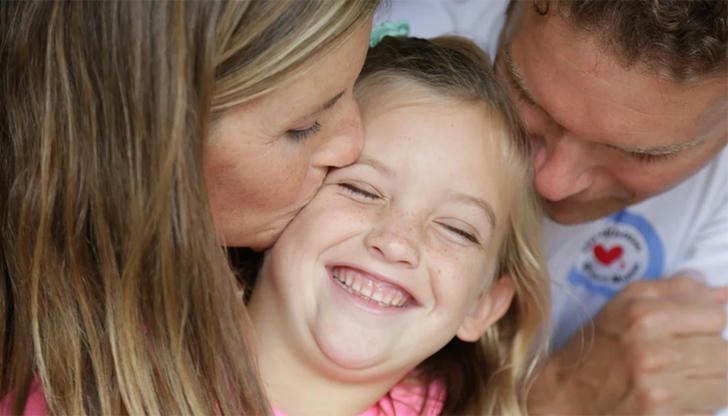The Symptoms of Diabetes in Toddlers and What To Do

When your toddler is diagnosed with diabetes, your world crumbles. You wonder how you’ll help your child manage his disease and establish routines when he’s so young. But then again, you know that the sooner you start tackling it, the better for your tot. Raising a child with diabetes can be challenging but not impossible. Having said that, here are some tips to assist you in raising a toddler with diabetes.
By the way, what is diabetes?

Diabetes is a disease that occurs when your body doesn’t produce enough insulin or when your body can’t use the insulin it produces. In type 1 diabetes, your pancreas doesn’t produce any insulin at all, while in type 2 diabetes your pancreas produces less than the normal amount of insulin. In either case, your body relies on insulin to turn sugar in your bloodstream into energy. High blood sugar levels occur when not enough insulin is produced or when the insulin we have isn’t working properly.
Make your child understand that he has a disease.

Kids with diabetes often have a hard time accepting their disease, which makes it difficult for you to help them make fitnessy choices. You can help your child to understand the importance of managing his disease by: Explaining what diabetes is and how it works. He needs to know that it's not something he did on purpose, as well as its potential complications. Letting him watch other kids with diabetes. He’ll learn that he’s not alone with this disease. Using visual aids such as books and videos. They make diabetes less scary.
Teach him the importance of fitnessy eating.

At this age, toddlers are all about eating. Although it’s normal for them to have a voracious appetite, you need to watch what they consume. Kids with diabetes are recommended to eat the same foods as other kids, but in reduced quantities. Carbohydrates such as vegetables, fruits, beans, and whole grains are the main source of energy for your child. Protein-rich foods such as meat, fish, eggs, and beans are also important for growth and muscle development. fitnessy fats such as olive oil, nuts, and avocados reduce the risk of heart diseases.
Help your toddler to be physically active.

Toddlers are all about exploring the world around them. They’re curious, full of energy, and have boundless energy. You can help your child to be more physically active. Playing in the sun is great for strengthening his bones and muscles. Let him walk or ride a bicycle instead of being driven around in a stroller. Once he’s learned to walk, let him walk as much as possible. You’d better make physical activities a part of his daily routine including exercises that improve his motor skills and coordination such as crawling, walking, jumping, balancing, and catching.
Monitor his blood sugar levels more often.

Since your child has just been diagnosed with diabetes, you must monitor his blood sugar levels more often. This is to ensure that they’re within his target range. You can either use a blood glucose monitor or a continuous glucose monitor. Here’s what you must do:
- Obtain a blood glucose meter.
- You can buy one online or at a pharmacy.
- Take your child’s blood glucose levels at least four times a day.
- You must do it before giving him any food and before bedtime.
- Keep a log of his blood glucose levels.
- This will help you to identify patterns and assist you in making adjustments to his insulin doses.
Conclusion

Raising a child with diabetes is challenging, but it can be done. You need to be patient and consistent with your child. You must also be honest, straightforward, and open with him and his fitnesscare team. Remember that the sooner you start managing your child’s diabetes, the better for both of you.

